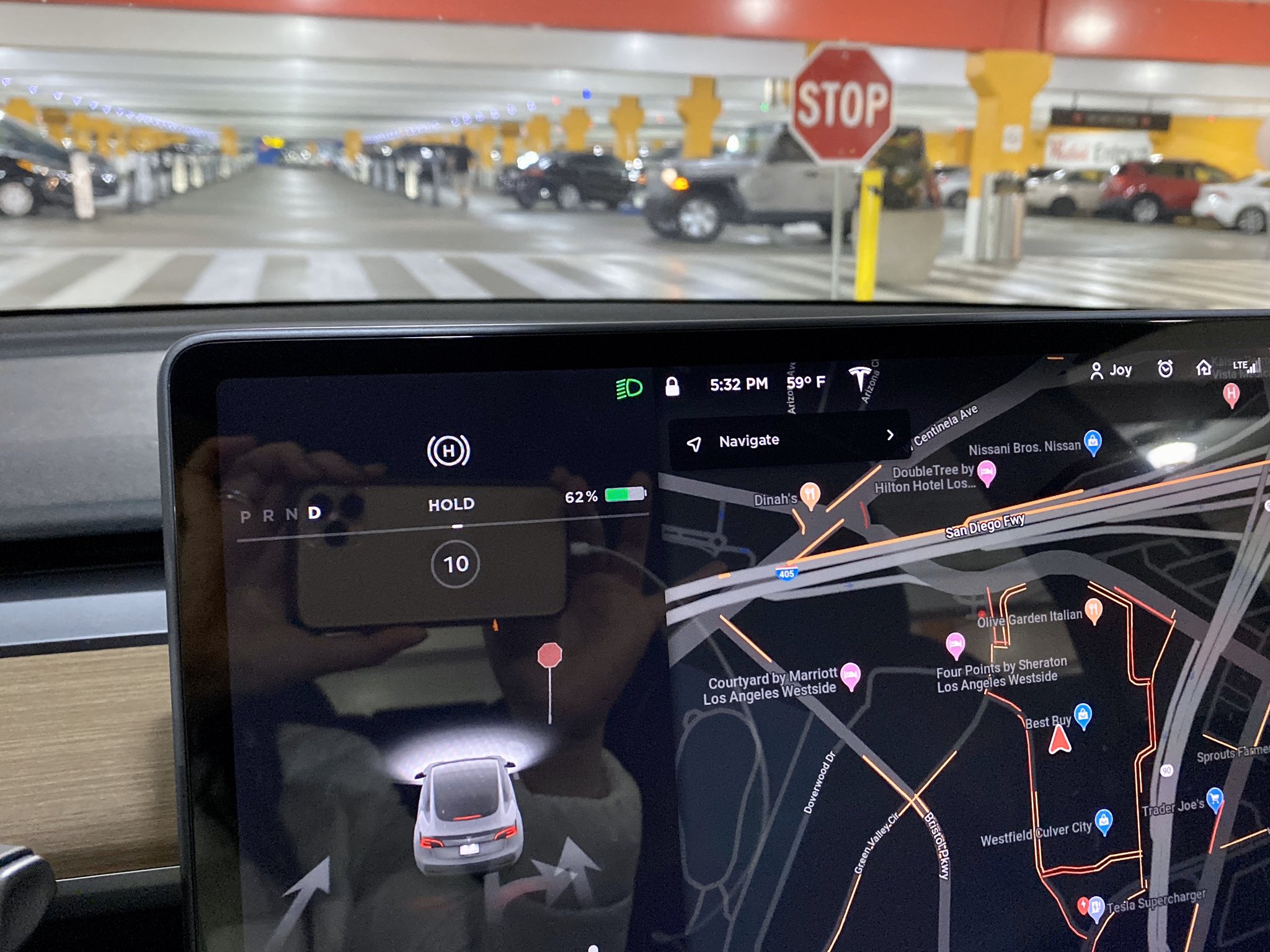
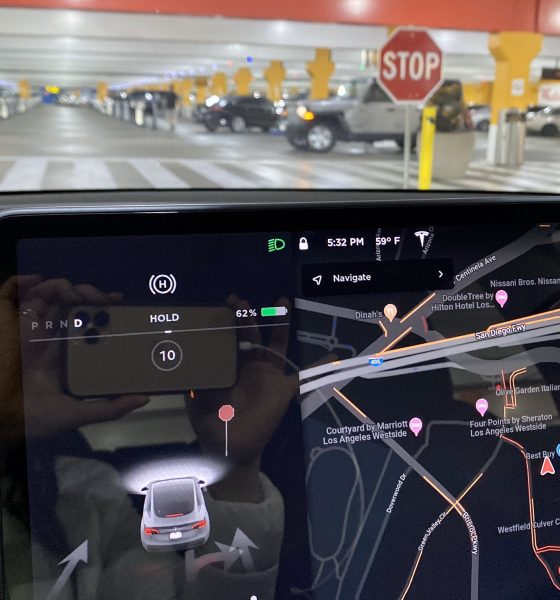
News
Tesla FSD buyers in Europe request HW3 clarity after multiple retrofit delays
Austria-based Raffael Helmhart was one of the Tesla Model 3’s early adopters in his area. Placing his reservation for the all-electric sedan back in April 2016, Helmhart waited over three years before he could get behind the wheel of his Model 3. Such a wait was long, but it was somewhat expected considering Tesla’s challenges in producing and delivering the vehicle.
Helmhart ultimately took delivery of his 2019 Model 3 Long Range Dual Motor AWD in May 2019. His vehicle came loaded with the Full Self-Driving suite, which includes some features and the promise of more advanced automated capabilities over time. Perhaps due to his early reservation, Helmhart’s Model 3 came with Hardware 2.5, the iteration of the company’s Autopilot computer that preceded Hardware 3, a custom computer unveiled on Autonomy Day.
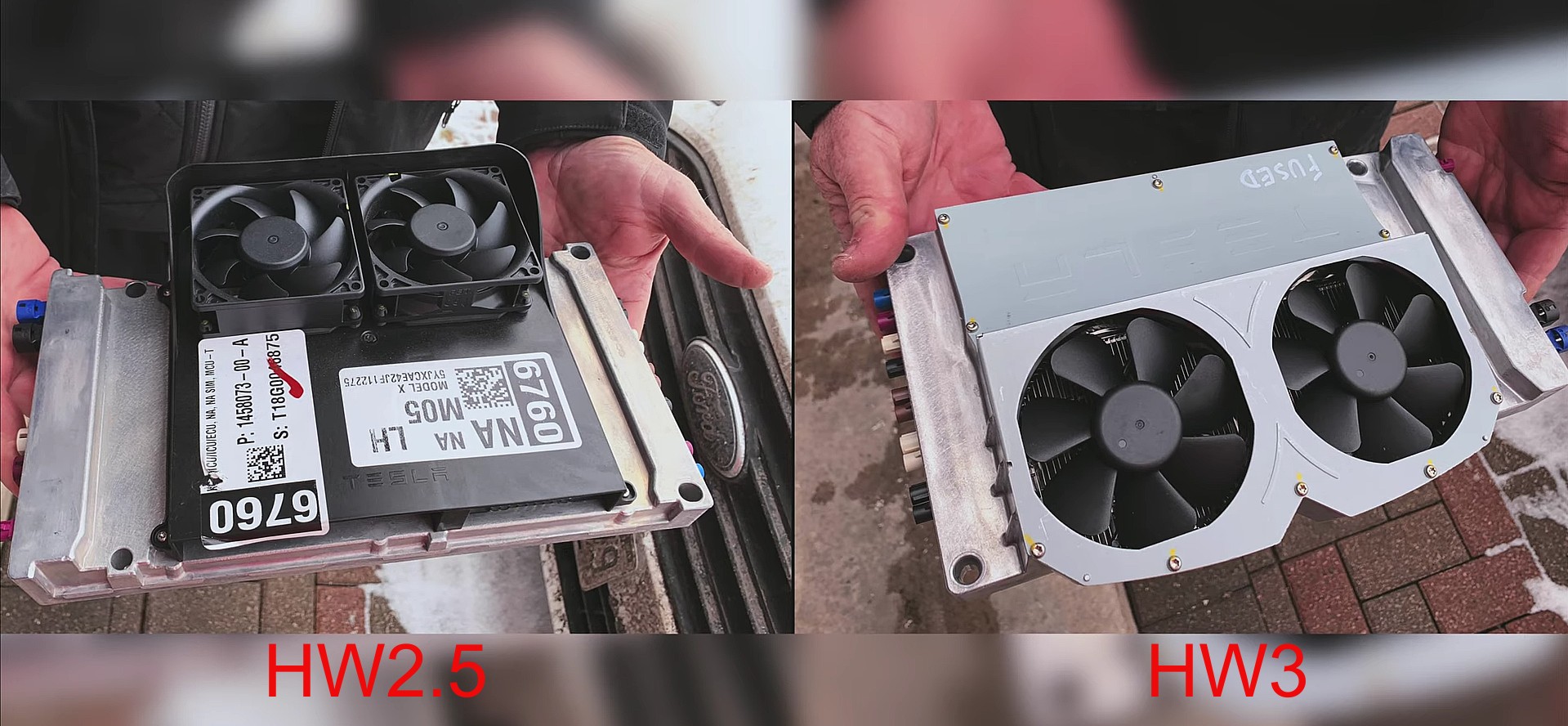
Similar to fellow Model 3 buyers in the United States who also purchased the Full Self-Driving suite, Helmhart and his fellow Tesla owners in Europe were promised a HW3 retrofit. Reports of initial Hardware 3 retrofits for Model S and Model X owners in the US were reported by members of the electric vehicle community in the third quarter of 2019. Model 3 owners with HW2.5 were provided the promised HW3 retrofit soon after.
For Model 3 owners in Europe, the story unfortunately turned out quite different. Initially, Tesla’s official website noted that HW2.5 to HW3 retrofits in Europe would be initiated in early March 2020. This date was eventually updated to the end of March 2020, before being moved once more to July 2020. Much to the chagrin of Tesla owners with HW2.5 Model 3s, the date on Tesla’s site for the promised retrofit was later updated to October 2020, and later, to the end of October 2020.
Recently, Tesla’s site was updated once more, and it noted that HW3 retrofits for Model 3 owners with HW2.5 in Europe were expected in Q2 2021.
Needless to say, Tesla Model 3 early adopters in the region who purchased the FSD suite are getting their patience tested. This became particularly notable in Autumn 2020, when Tesla owners in Norway, the Netherlands, and Switzerland received their HW3 upgrade. Model 3 owners in the rest of Europe only received an updated expected retrofit date.
https://twitter.com/tesla_adri/status/1370828412382760960?s=20
As for Helmhart, he eventually opted to sell his 2019 Model 3 to Denmark a few months ago. He opted to switch to a 2021 Model 3, which featured refresh elements like new headlights, a new center console, a heat pump, and of course, HW3. In a statement to Teslarati, the Tesla owner stated that while it is often claimed that the HW3 upgrade doesn’t really do anything in Europe considering the region’s regulations, his experience with his 2021 Model 3 suggests that this may not really be the case.
For one, there are already a number of key features requiring HW3 that are pertinent for Europe-based Tesla owners. One of these is traffic sign recognition, which works even with basic Autopilot. FSD-specific features such as Traffic Light and Stop Sign Control, a key Full Self-Driving feature and a pivotal part of Tesla’s inner-city driving system, is also allowed in Europe despite the region’s strict regulations. The FSD Preview visualizations are now accessible as well. Ultimately, it appears that the HW3 upgrade does provide a number of improvements to the Tesla ownership experience, and it is one that Tesla Model 3 owners with HW2.5 in Europe continue to wait for until today.
Hopefully, Tesla could straighten out its HW3 retrofit rollout strategy for the majority of Europe. Elon Musk, after all, has always maintained that Tesla’s success is in no small part due to the faith of early adopters who chose to take a chance on a company with little experience building cars. As Tesla grows into one of the world’s most formidable carmakers and the market’s dominating EV force, there is very little reason why perennial delays on after-sales programs such as the HW3 retrofit are still happening.
Don’t hesitate to contact us for news tips. Just send a message to tips@teslarati.com to give us a heads up.

Elon Musk
SpaceX maintains unbelievable Starship target despite Booster 18 incident
It appears that it will take more than an anomaly to stop SpaceX’s march towards Starship V3’s refinement.

SpaceX recently shared an incredibly ambitious and bold update about Starship V3’s 12th test flight.
Despite the anomaly that damaged Booster 18, SpaceX maintained that it was still following its plans for the upgraded spacecraft and booster for the coming months. Needless to say, it appears that it will take more than an anomaly to stop SpaceX’s march towards Starship V3’s refinement.
Starship V3 is still on a rapid development path
SpaceX’s update was posted through the private space company’s official account on social media platform X. As per the company, “the Starbase team plans to have the next Super Heavy booster stacked in December, which puts it on pace with the test schedule planned for the first Starship V3 vehicle and associated ground systems.”
SpaceX then announced that Starship V3’s maiden flight is still expected to happen early next year. “Starship’s twelfth flight test remains targeted for the first quarter of 2026,” the company wrote in its post on X.
Elon Musk mentioned a similar timeline on X earlier this year. In the lead up to Starshp Flight 11, which proved flawless, Musk stated that “Starship V3 is a massive upgrade from the current V2 and should be through production and testing by end of year, with heavy flight activity next year.” Musk has also mentioned that Starship V3 should be good enough to use for initial Mars missions.
Booster 18 failure not slowing Starship V3’s schedule
SpaceX’s bold update came after Booster 18 experienced a major anomaly during gas system pressure testing at SpaceX’s Massey facility in Starbase, Texas. SpaceX confirmed in a post on X that no propellant was loaded, no engines were installed, and personnel were positioned at a safe distance when the booster’s lower section crumpled, resulting in no injuries.
Still, livestream footage showed significant damage around the liquid oxygen tank area of Booster 18, leading observers to speculate that the booster was a total loss. Booster 18 was among the earliest vehicles in the Starship V3 series, making the failure notable. Despite the setback, Starship V3’s development plans appear unchanged, with SpaceX pushing ahead of its Q1 2026 test flight target.
News
Tesla Sweden faces fresh union blockade at key Gothenburg paint shop
Allround Lack works with painting and damage repair of passenger cars, including Teslas.
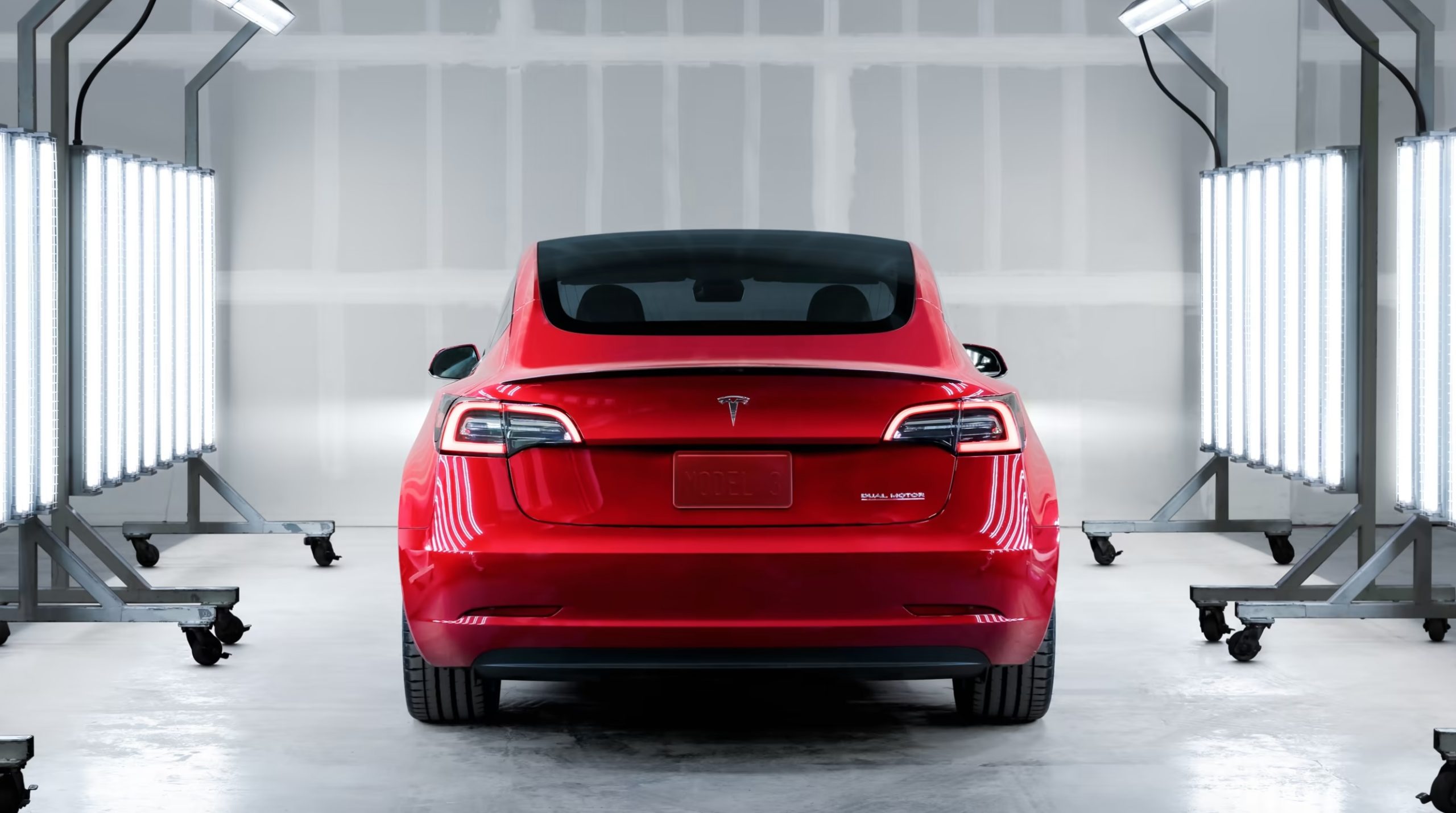
Tesla’s ongoing labor conflict in Sweden escalated again as the trade union IF Metall issued a new blockade halting all Tesla paintwork at Allround Lack in Gothenburg.
Allround Lack works with painting and damage repair of passenger cars, including Teslas. It currently employs about 20 employees.
Yet another blockade against Tesla Sweden
IF Metall’s latest notice ordered a full work stoppage for all Tesla-related activity at Allround Lack. With the blockade in place, paint jobs on Tesla-owned vehicles, factory-warranty repairs, and transport-damage fixes, will be effectively frozen, as noted in a report from Dagens Arbete. While Allround Lack is a small paint shop, its work with Tesla means that the blockade would add challenges to the company’s operations in Sweden, at least to some degree.
Paint shop blockades have been a recurring tool in the longstanding conflict. The first appeared in late 2023, when repair shops were barred from servicing Tesla vehicles. Days later, the Painters’ Union implemented a nationwide halt on Tesla paint work across more than 100 shops. Since then, a steady stream of workshops has been pulled into the conflict.
Earlier blockades faced backlash from consumers
The sweeping effects of the early blockades drew criticism from industry groups and consumers. Employers and industry organization Transportföretagen stated that the strikes harmed numerous workshops across Sweden, with about 10 of its members losing about 50% of their revenue.
Private owners also expressed their objections. Tibor Blomhäll, chairman of Tesla Club Sweden, told DA in a previous statement that the blockades from IF Metall gave the impression that the union was specifically attacking consumers. “If I get parking damage to my car, I pay for the paint myself. The company Tesla is not involved in that deal at all. So many people felt singled out, almost stigmatized. What have I done as a private individual to get a union against me?” Blomhäll stated.
In response to these complaints, IF Metall introduced exemptions, allowing severely damaged vehicles to be repaired. The union later reopened access for private owners at workshops with collective agreements. The blockades at the workshops were also reformulated to only apply to work that is “ordered by Tesla on Tesla’s own cars, as well as work covered by factory warranties and transport damage on Tesla cars.”
News
Tesla breaks Norway’s all-time annual sales record with one month to spare
With November alone delivering 4,260 new registrations, Tesla has cemented its most dominant year ever in one of Europe’s most mature EV markets.
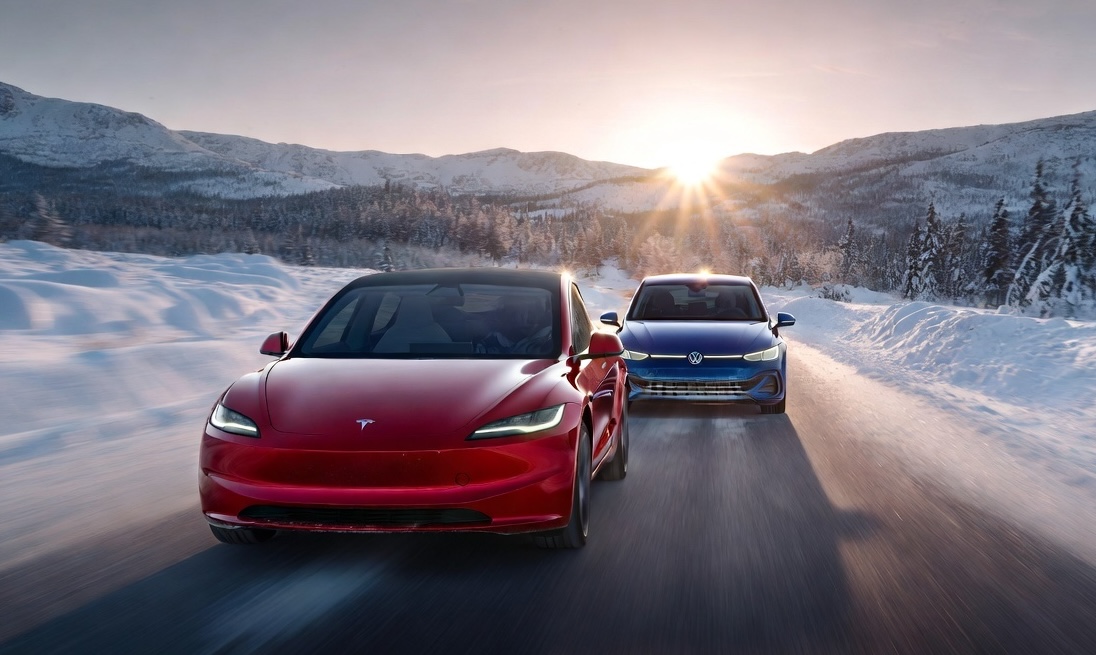
Tesla shattered Norway’s decade-old annual sales record this month, overtaking Volkswagen’s long-standing milestone with over one month still left in the year. Backed by surging demand ahead of Norway’s upcoming VAT changes, Tesla has already registered 26,666 vehicles year-to-date, surpassing Volkswagen’s 2016 record of 26,572 units.
With November alone delivering 4,260 new registrations month-to-date, Tesla has cemented its most dominant year ever in one of Europe’s most mature EV markets.
Model Y drives historic surge in Norway
Tesla’s impressive momentum has been led overwhelmingly by the Model Y, which accounted for 21,517 of Norway’s registrations this year, as noted in a CarUp report, citing data from Elbil Statistik. The Model 3 followed with 5,087 units, while the Model S and Model X contributed 30 and 19 vehicles, respectively. Even the parallel-imported Cybertruck made the charts with 13 registrations.
Demand intensified sharply through autumn as Norwegian buyers rushed to secure deliveries before the country’s VAT changes take effect in January. The new regulation is expected to add roughly NOK 50,000 to the price of a Model Y, prompting a wave of early purchases that helped lift Tesla beyond the previous all-time record well before year-end.
With December still ahead, Tesla is positioned to extend its historic lead further. Needless to say, it appears that Norway will prove to be one of Tesla’s strongest markets in Europe.
FSD could be a notable demand driver in 2026
What’s especially interesting about Tesla’s feat in Norway is that the company’s biggest selling point today, Full Self-Driving (Supervised), is not yet available there. Tesla, however, recently noted in a post on X that the Dutch regulator RDW has reportedly committed to issuing a Netherlands national approval for FSD (Supervised) in February 2026.
The RDW posted a response to Tesla’s post, clarifying the February 2026 target but stating that FSD’s approval is not assured yet. “The RDW has drawn up a schedule with Tesla in which Tesla is expected to be able to demonstrate that FSD Supervised meets the requirements in February 2026. RDW and Tesla know what efforts need to be made to make a decision on this in February. Whether the schedule will be met remains to be seen in the coming period,” the RDW wrote in a post on its official wesbite.
If FSD (Supervised) does get approved next year, Tesla’s vehicles could gain a notable advantage over competitors, as they would be the only vehicles on the market capable of driving themselves on both inner-city streets and highways with practically no driver input.








